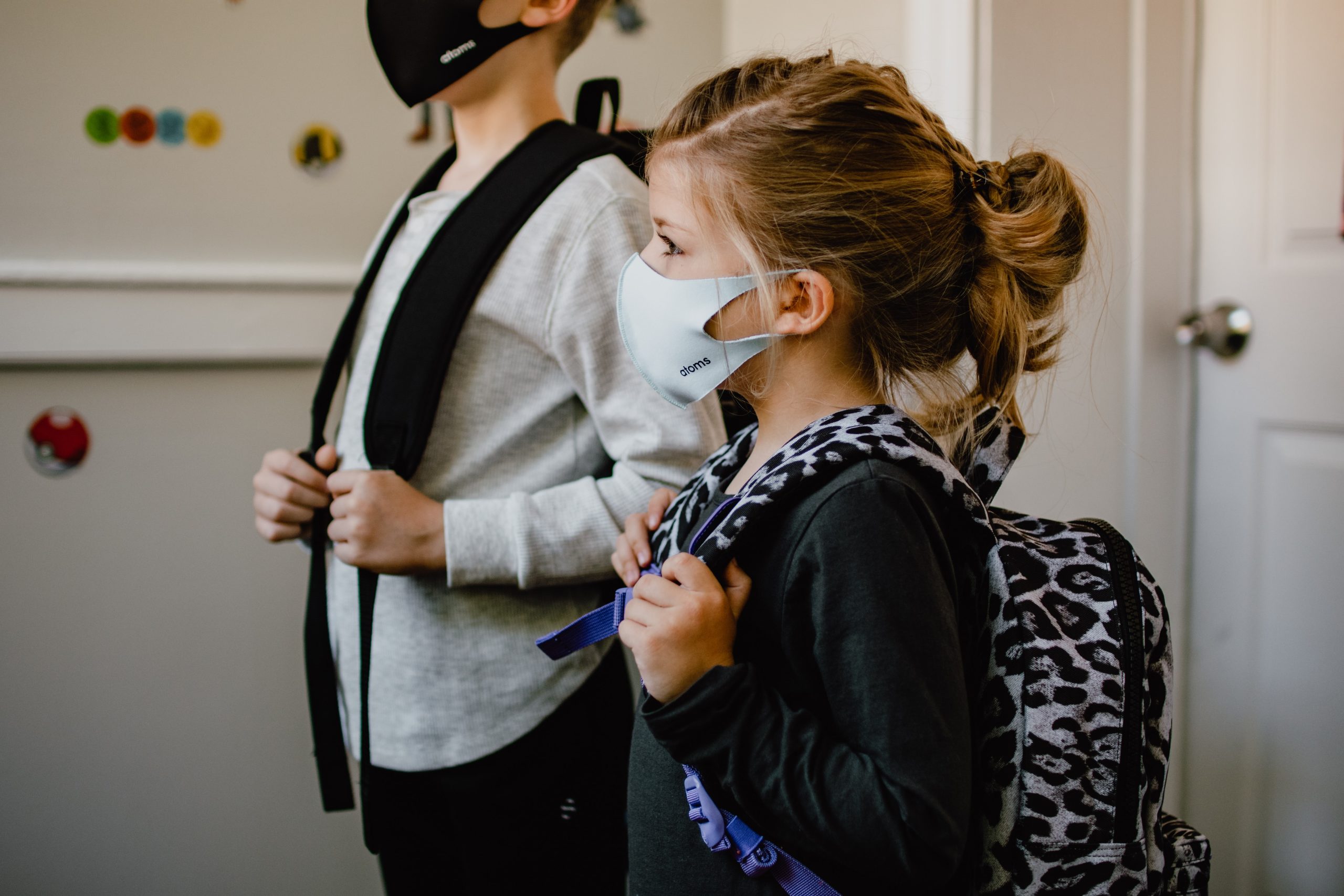
Vicky Arias, FISM News
[elfsight_social_share_buttons id=”1″]
Head Start, a federally funded early childhood education program, continues to require masks for all children over the age of 2, despite opposing recommendations from the Centers for Disease Control and Prevention.
The federal government education program offers children from low-income families, from birth to 5 years old, an environment to play, develop social skills, and learn concepts in language, math, and science. Essentially, it’s a government-funded preschool program.
The CDC currently recommends that young children should wear masks when COVID-19 levels reach a high prevalence rate within the community. Data, such as hospitalization rates and case numbers, determine prevalence.
By contrast, Head Start requires universal masking, in which children over the age of 2 must wear a mask regardless of community prevalence. The requirement also stipulates that unvaccinated children must wear a mask even if they are “outdoors in a crowded setting,” which would include recess.
Even the left-leaning New York Times recently reported about concern over children wearing masks amidst evidence that masks may impede early childhood development, specifically, language acquisition and speech development.
https://twitter.com/GarrettQuinn/status/1567522416481402882
Research has shown that babies and young children learn language skills, in part, by observing the mouths of speakers around them. These observations aid infants in language acquisition.
According to Scientific American,
babies begin lip-reading at around 8 months of age. Crucially, the onset of lip-reading at this age corresponds with the onset of canonical babbling, suggesting that babies begin lip-reading because they become interested in speech and language. By lip-reading, babies … gain access to visual speech cues which … are clearly perceptible to them … [However], babies cannot access visible speech cues if others are wearing masks.
This means children, and those around them, wearing masks can likely do great damage to their speech development.
Watching others speak continues during the toddler years, and contributes to language learning throughout childhood. According to research published in the European Journal of Neuroscience,
Observing a speaker’s articulations substantially improves the intelligibility of spoken speech, especially under noisy listening conditions. This multisensory integration of speech inputs is crucial to effective communication. Appropriate development of this ability has major implications for children in classroom and social settings.
Additionally, a study from the American Academy of Otolaryngology, Head, and Neck Foundation, found that it is very helpful for children to learn social cues from other children. One way they do this is by talking with their peers. According to the study “masks can … obscure social cues provided through facial expressions,” making learning social cues and conversational skills more difficult.
Senator John Thune (R-S.D.) spoke out against Head Start’s masking regulations. In a press release, Thune stated that “[masking children] is just a real overreach at a time when parents, a lot of parents at least, [and] a lot of kids are struggling and struggling with learning – they’ve gotten behind – and I think a lot of it has to do with, associated with, the impact of masks and their ability to socialize with other kids and also to, you know, to be able to learn at the fastest rate possible.”
Additionally, UNICEF and the World Health Organization both concur that children under the age of 5 should not be required to wear a mask.
